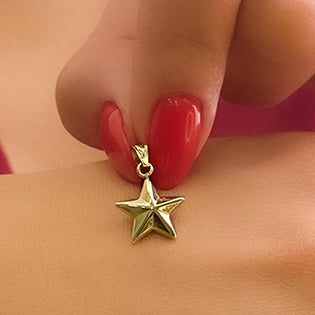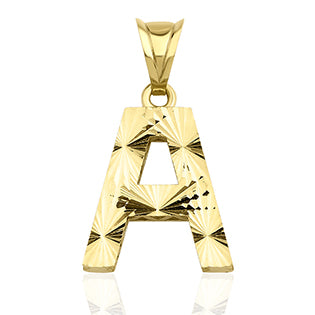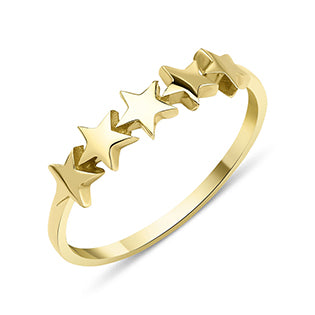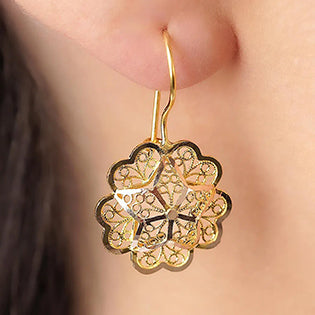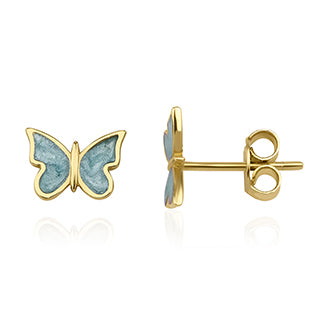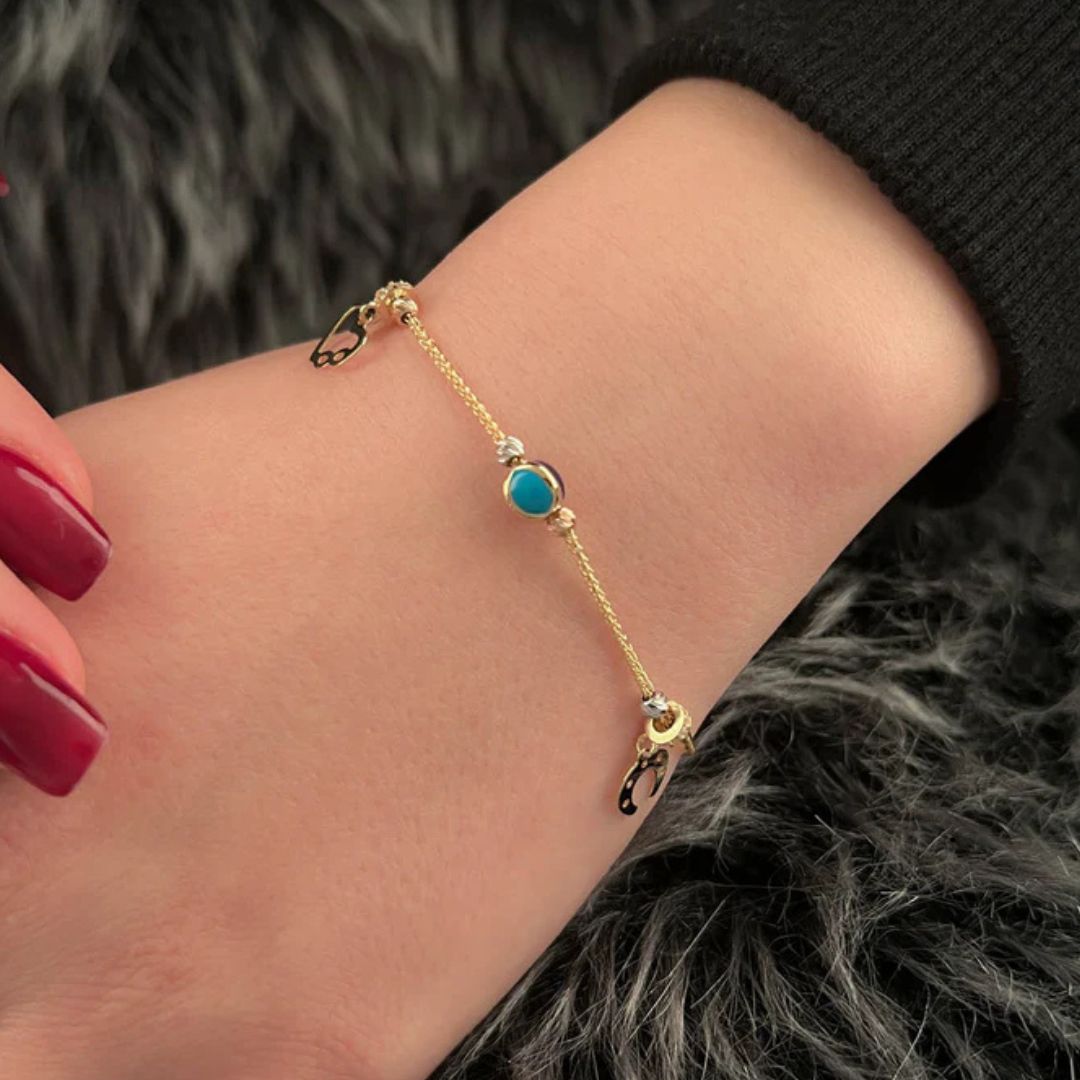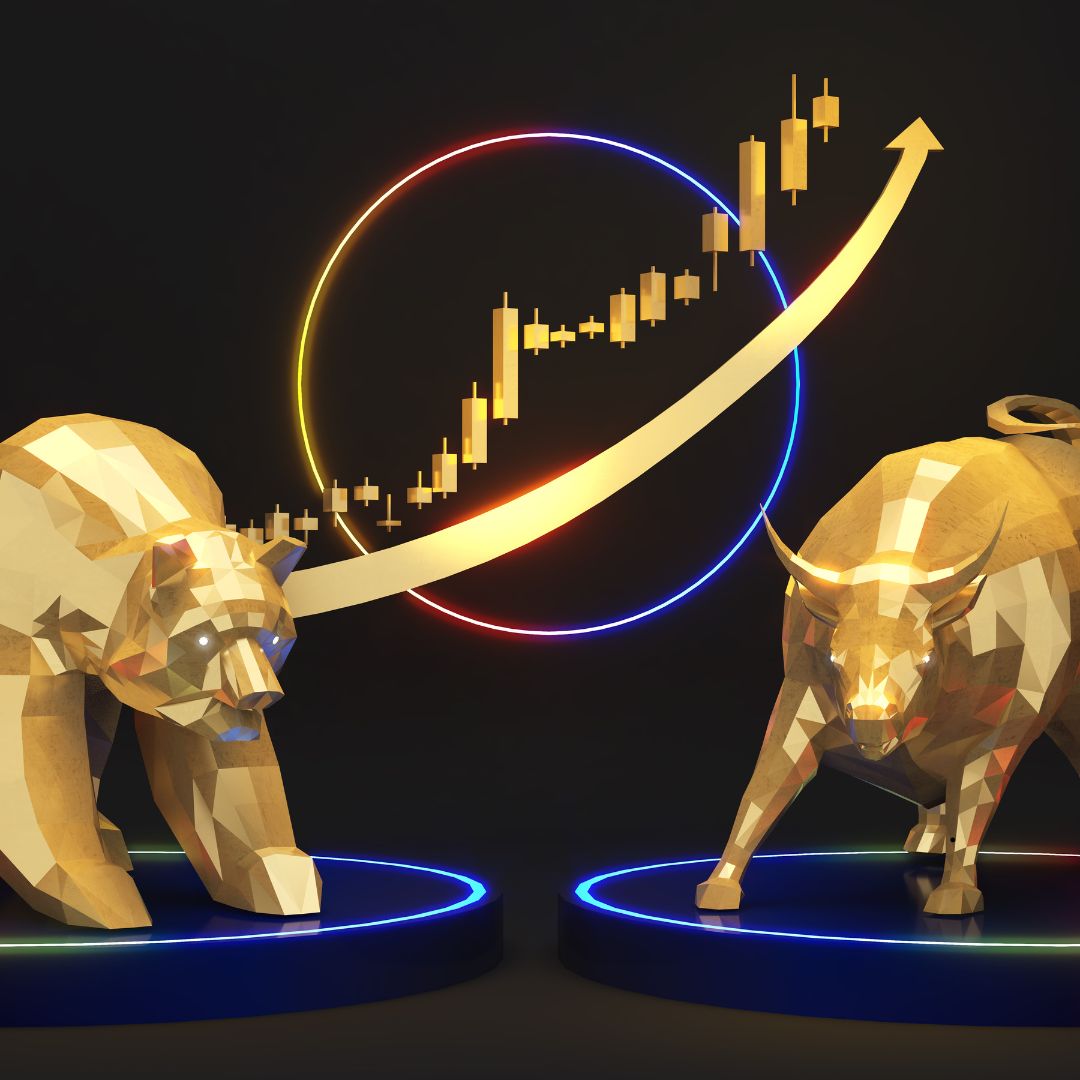
How the Russia-Ukraine Conflict Shaped Gold Market Trends
The ongoing Russia-Ukraine conflict, initiated by Russia's military action in Ukraine on February 24, 2022, has triggered widespread economic turbulence worldwide. Affecting everything from fuel costs to agricultural supplies, this geopolitical event has amplified fluctuations in financial sectors, elevating assets like gold as protective havens. This in-depth review explores the conflict's influence on gold valuations, delivering vital guidance for those in the investment space. Clocking in at roughly 1,500 words, it delves into past trends, underlying economic forces, approaches to investing, and potential pitfalls, backed by scholarly and reputable references.
Gold's Rapid Rise at the Conflict's Outbreak
Prior to the hostilities, gold values were climbing due to rising inflation and recovery efforts post-COVID. The invasion, however, sparked an immediate escalation. Starting at about $1,800 per ounce in early 2022, gold quickly exceeded $2,000 by the following month, hitting a high of $2,051. This jump stemmed from market participants seeking stability amid uncertainty. Sanctions imposed by Western nations on Russia inflated energy expenses, exacerbating worldwide price pressures and boosting gold's appeal as an anti-inflation tool.
Looking back, such international tensions often boost gold by 10-20%. Data from the World Gold Council indicates that in the first quarter of 2022, demand for gold investments hit 552 tons, a pattern that continued through early 2025. This underscores the enduring repercussions of the crisis. After the initial phase, gold experienced ups and downs: dropping back to $1,800 toward the end of 2022, but surpassing $2,500 in subsequent years amid persistent clashes, such as aerial bombardments. By 2024, gold achieved a 28% yield, surpassing stock market performance globally.
From an investment standpoint, this era amplified gold's price swings. Traders focused on quick gains exploited these shifts, whereas those with a longer horizon viewed gold as a shield against rising costs. Yet, the extended dispute hampered supply networks, particularly in mining operations. As a leading gold exporter, Russia's exposure to restrictions elevated extraction expenses, indirectly affecting market rates.
Core Economic Influences: Political Tensions, Price Surges, and Protective Asset Status
Several financial elements explain the conflict's role in altering gold prices. Primarily, heightened geopolitical threats: The dispute elevated the Geopolitical Risk Index (GPR) beyond 100 points. Each 100-point GPR increase generally correlates with a 2.5% uptick in gold values. The 2022 surge in this index prompted a rush toward gold. Research from Tufts University highlights how central banks ramped up acquisitions after the invasion; nations including Poland, China, Turkey, and India expanded their holdings to exceed 1,000 tons per year—twice the rate seen from 2010 to 2021. This shift occurred because sanctions immobilized Russia's $322 billion in foreign reserves, making tangible commodities like gold more desirable.
Next, inflationary pressures: The crisis pushed up costs for fuels and foodstuffs, driving global inflation rates to 8-10%. Recognized as a buffer against such rises, gold gained traction. An NCBI-published investigation observed a $50 immediate leap in LBMA gold rates at the conflict's start, deemed significant at a 1% confidence level. The research noted a temporary dip from pre-conflict growth, but gold rebounded thanks to its refuge qualities. In comparison, indices like the S&P 500 and crude oil benchmarks also reacted positively, though gold maintained lower instability.
Finally, its function as a secure refuge: Gold's minimal linkage to equities and fixed-income securities positions it as a stabilizer for holdings. During 2024 GPR peaks, gold offered 1.6% weekly gains as international stocks declined by 0.8%. Institutions like China's central bank bolstered prices via steady purchases, enhancing gold's role in spreading risks.
For market participants, these dynamics point to sustained growth in gold's value over time. That said, actions like the U.S. Federal Reserve's interest rate hikes could suppress it, given that elevated rates heighten the cost of retaining non-interest-bearing items.
Approaches to Gold Investment in Turbulent Times
The Russia-Ukraine situation has encouraged a fresh look at gold as an asset class. Consider these primary methods:
- Tangible Gold Holdings: Items like bullion bars or collectible coins (such as the American Eagle or Krugerrand) thrive in unstable periods. Even with added costs (5-10% over base price), they work well for extended preservation. Secure storage is essential, and sellers should factor in a 2-5% reduction for quick sales. Following the invasion, interest in physical forms grew by 12% in places like Iran and Turkey.
- Exchange-Traded Products and Mutual Funds: Options like gold-linked ETFs (e.g., GLD or IAU) simplify entry. Early 2025 saw 226.5 tons added to worldwide ETFs, marking a three-year peak. Regions like North America (134 tons) and Europe (55 tons) dominated inflows. These avoid physical handling issues but include small administrative charges (about 0.4%).
- Derivatives like Futures and Options: Ideal for risk-takers, these provide amplified exposure but with hazards. The 2022 volatility led to 10% swings in futures contracts tied to the conflict.
- Balancing Investment Portfolios: Dedicate 5-10% to gold for resilience. Per the World Gold Council, it guards against unforeseen geopolitical shocks. Effectiveness in hedging varies from 0.8 to 19%; amid the crisis, gold proved reliable against markets in Italy and Russia.
Potential Downsides: Sensitivity to borrowing costs means that diminishing expectations for Fed rate reductions (down to 55.7% in 2024) can weigh on gold. An end to hostilities might also deflate values. Spreading investments helps mitigate these.
Credible References and Data Sources
This examination relies on esteemed outlets:
- World Gold Council: https://www.gold.org/goldhub/research/gold-demand-trends/gold-demand-trends-q1-2025/investment – Details on investment inflows.
- Tufts University: https://now.tufts.edu/2025/03/25/why-price-gold-so-high – Examination of reserve expansions by banks.
- NCBI (PMC): https://pmc.ncbi.nlm.nih.gov/articles/PMC10641179/ – Analysis of conflict effects on assets.
- World Gold Council: https://www.gold.org/goldhub/gold-focus/2024/10/asset-allocation-implications-todays-chaotic-world – Insights into asset distribution.
- World Bank: https://openknowledge.worldbank.org/entities/publication/8a37c7fb-5fd8-56aa-bb7e-2a0970c468d9 – Effects on international commerce and commodities, including gold.
These provide solid evidence on the conflict's market transformations.
Forward-Looking Views: Forecasts and Investor Guidance
The Russia-Ukraine dispute has propelled gold through threats and cost increases, albeit with greater unpredictability. Allocating 5-10% to gold aids in risk management for portfolios. Continued strife could maintain interest, while resolution might lower rates. Consult experts and stay alert to uncertainties.





